Diana
Gallo
Image
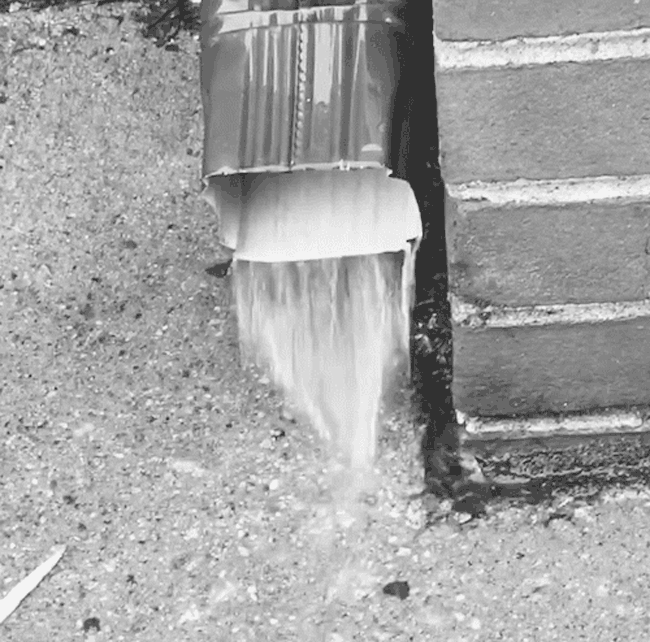
Image
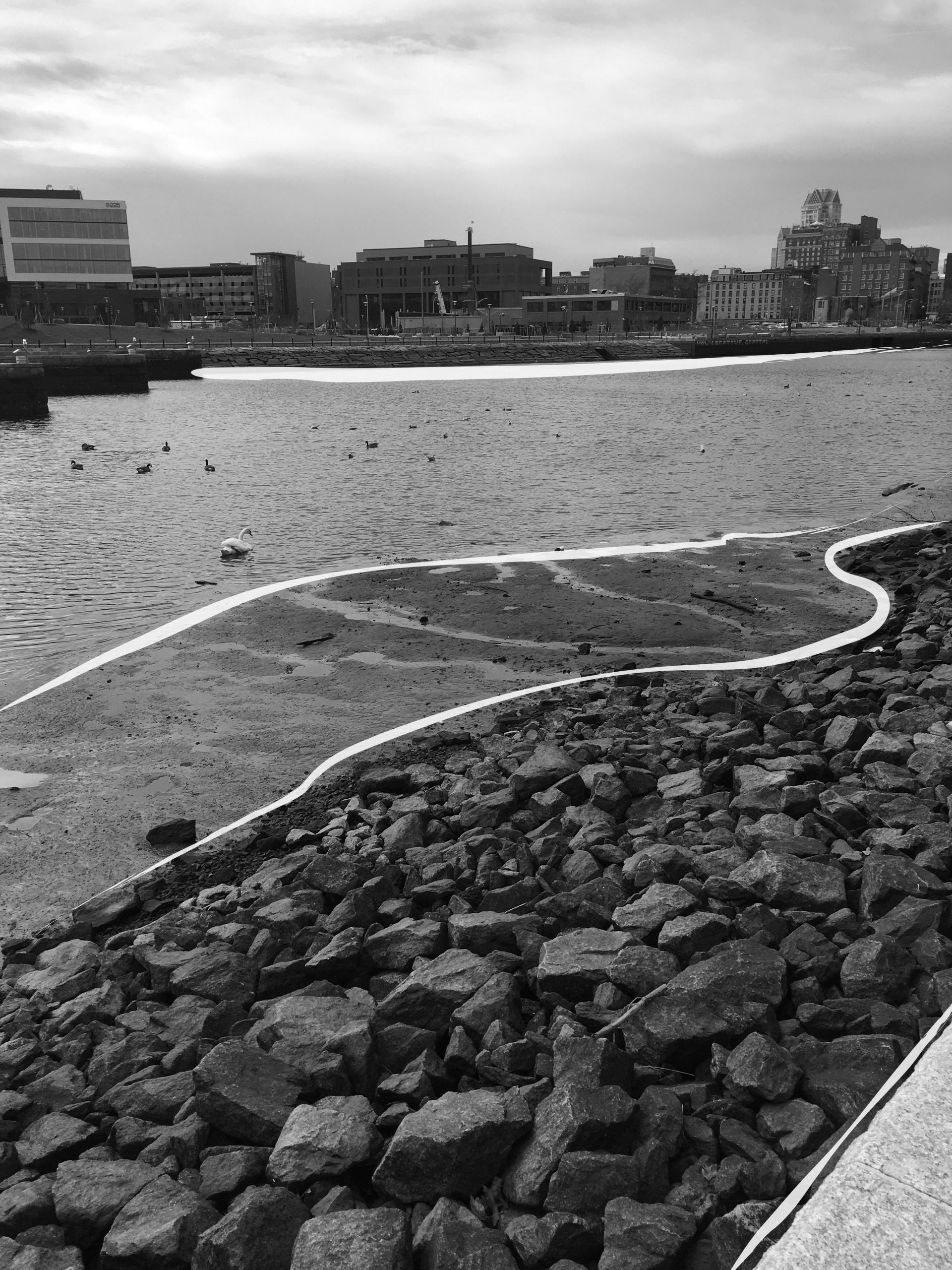
CLAY-CELIUM
Clay-Celium
A Material Cooperation Over Time
Via Immersive Narratives
The use of materials like clay, concrete and biomaterials have given a meaning and identity to the outcomes we produce through time. Materials absorb and release energy that passes through them. Transformation processes in materials can be revealed when they get in touch with a phenomenon like infiltration of water. Changing stages in materials and weathering, should not be considered as a negative condition but as a new opportunity to feel and perceive the same surface differently.
The illusion of permanence should be replaced by a more fluid idea that nothing lasts or keeps the same condition forever. Since all materials come from living resources, this work explores the use of clay as part of the geologic composition in New England; concrete that is the result of clay and other minerals exposed to high temperatures and finally, mycelium that is a fungus based material as an invitation to incorporate nature in a different way to stop producing pristine and timelessness objects but instead producing livable materials that transform themselves and are more adaptable to the external conditions. In the need of sustainable and local alternatives, this thesis is also an invitation for industries to consider the option of going back to rescue and explore the unique resources from each place.
Image
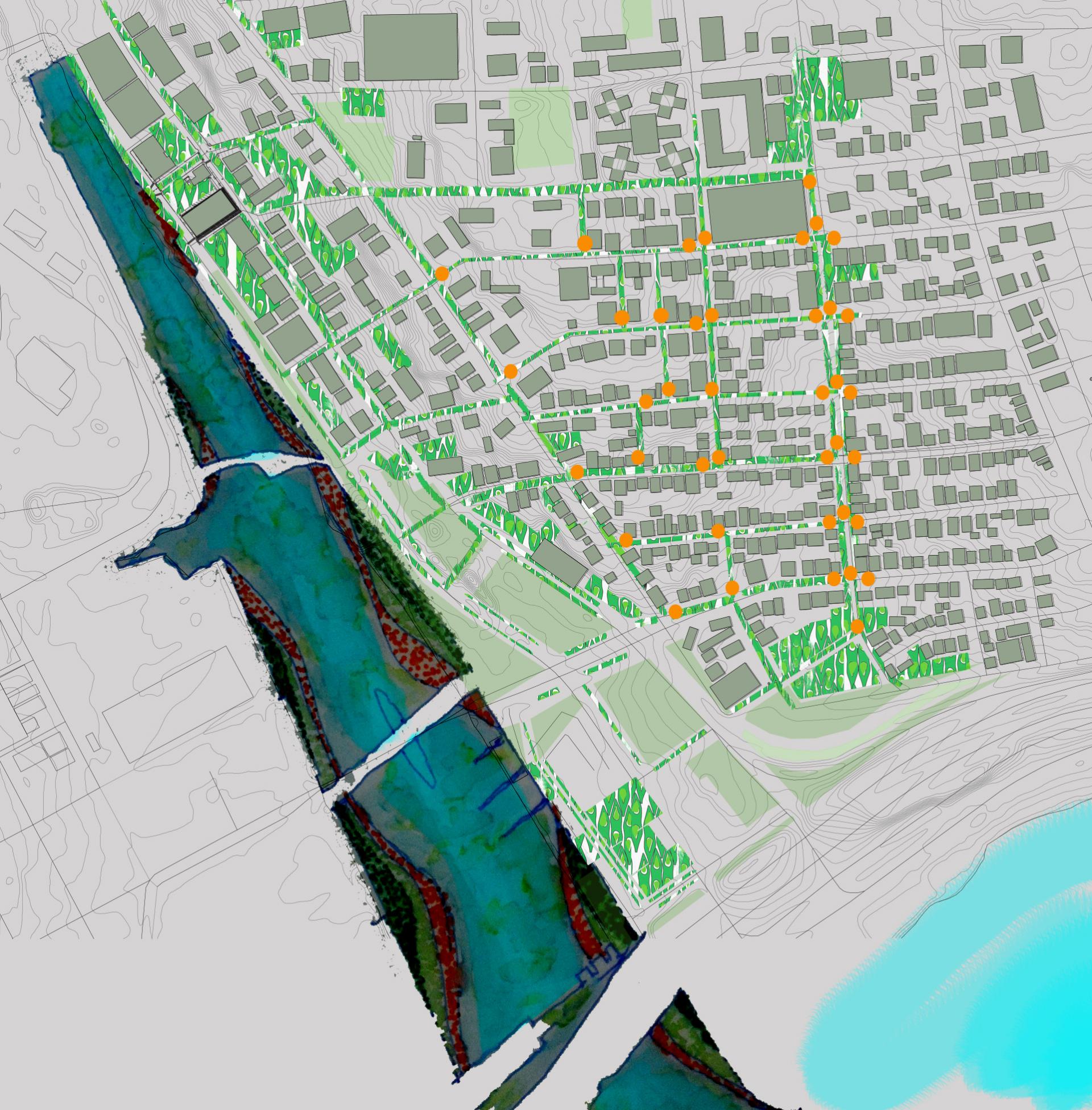
Plan view of the East Side of Providence
Four ideas are proposed at different scales: the river, the street network system, the sidewalks, and the downspouts, from the largest to the tiniest landscapes.
Diagrams of design, from top to bottom:
Section of the existing condition of stormwater running directly to the river.
A wrinkled shape in section is proposed to create pockets of different sizes to collect, re-use and slow down water.
The same wrinkled shape in a top view represents the meanders of the river
The smaller scale uses the same idea of wrinkled shape to create a perforated element with pockets of different sizes.
Image
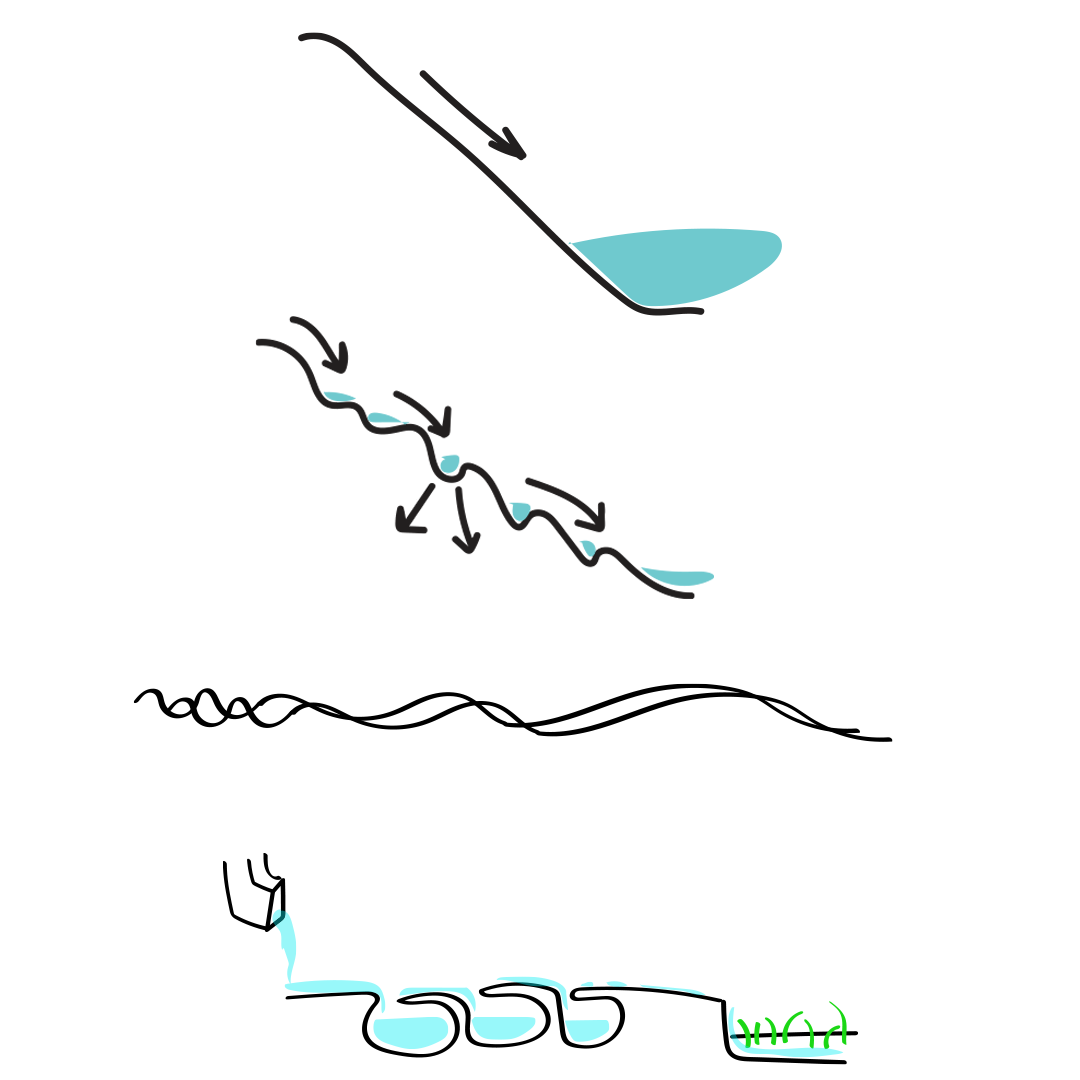
Image
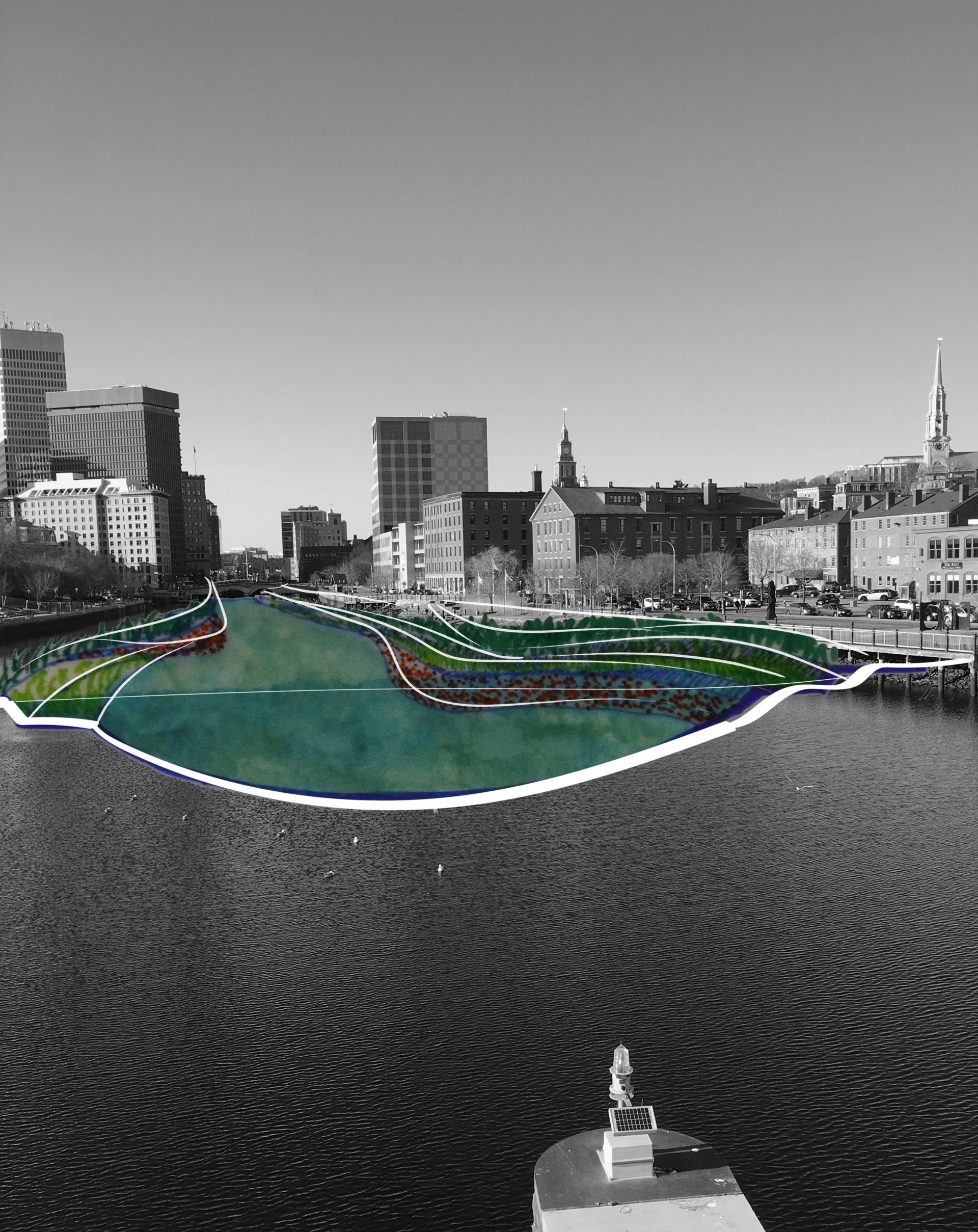
Proposal for the channelized river
Bringing back the meanders helps to control erosion and oxygen water among others. The meanders will be intermediate areas to catch the runoff from the street network system.
Image
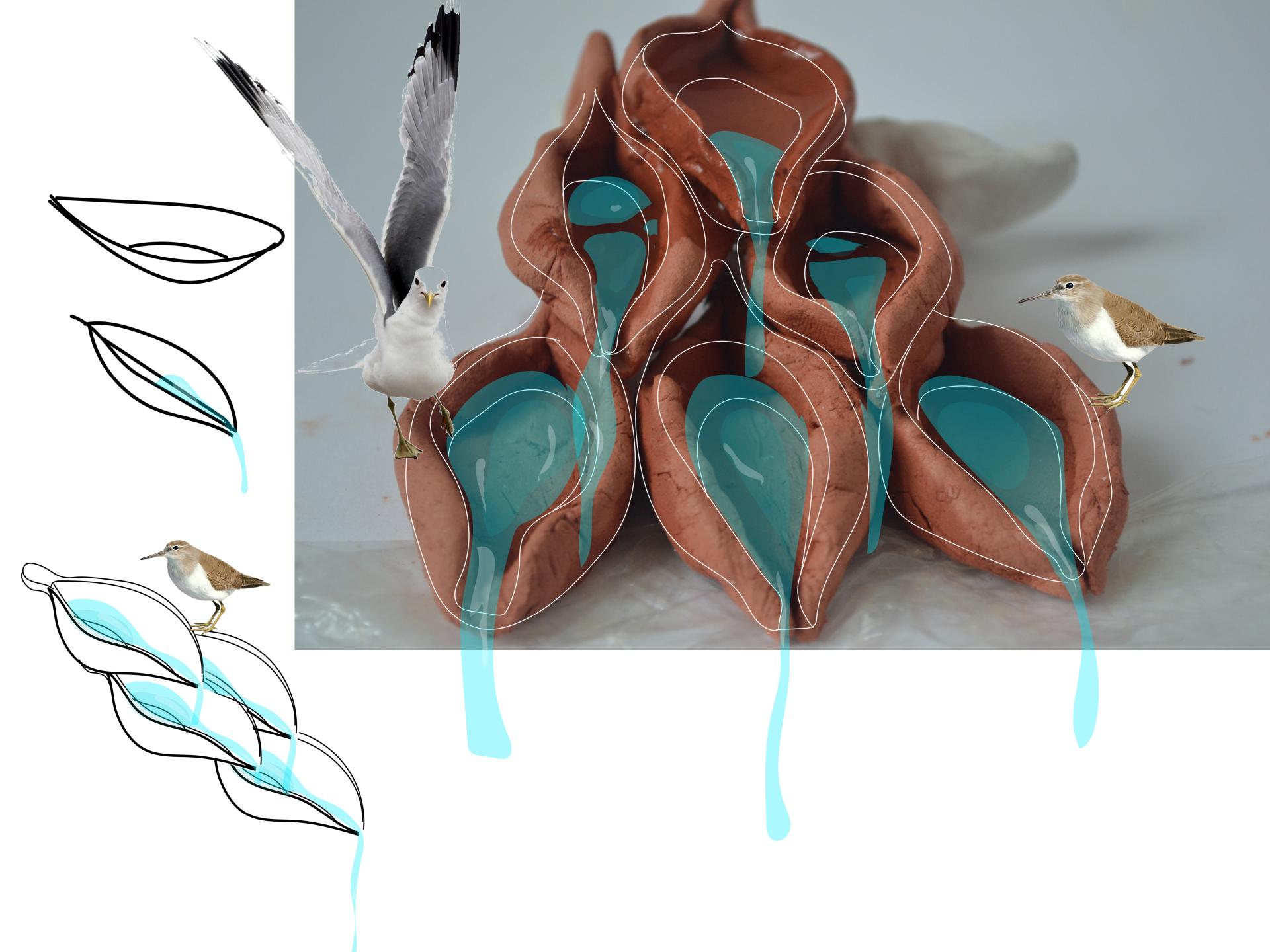
Image
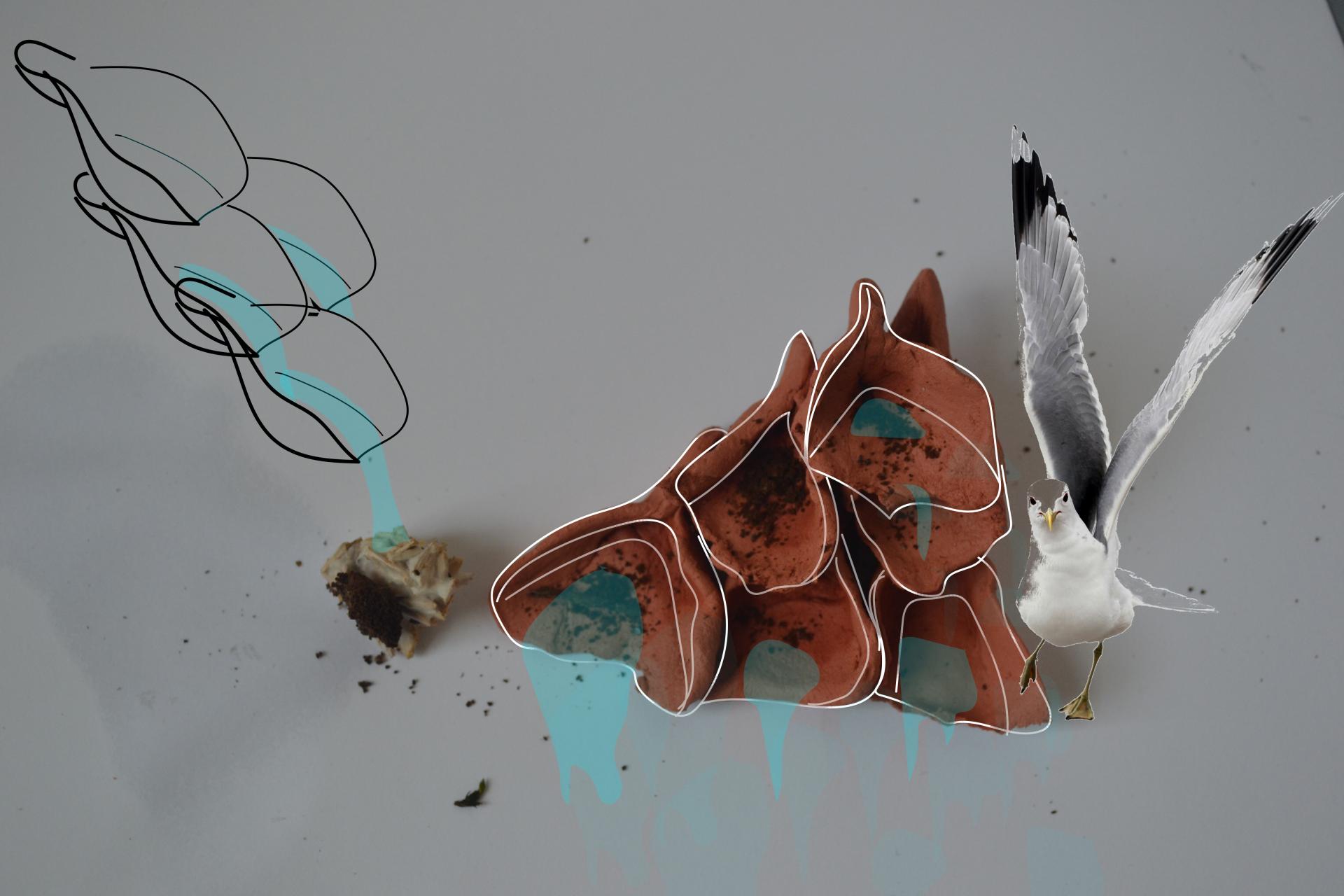
The same elements after a decaying process. Half of the spoon still remains there. The element is not collecting the same amount of water, but it is still retaining sediments and small particles from the water.
All materials, each in its own particular fashion, meet our actions, resist them, transform them, and reflect new possibilities back at us, and in doing so bring our volition into a process of imagination and creativity.
Christopher Bardt
Material and Mind
Image
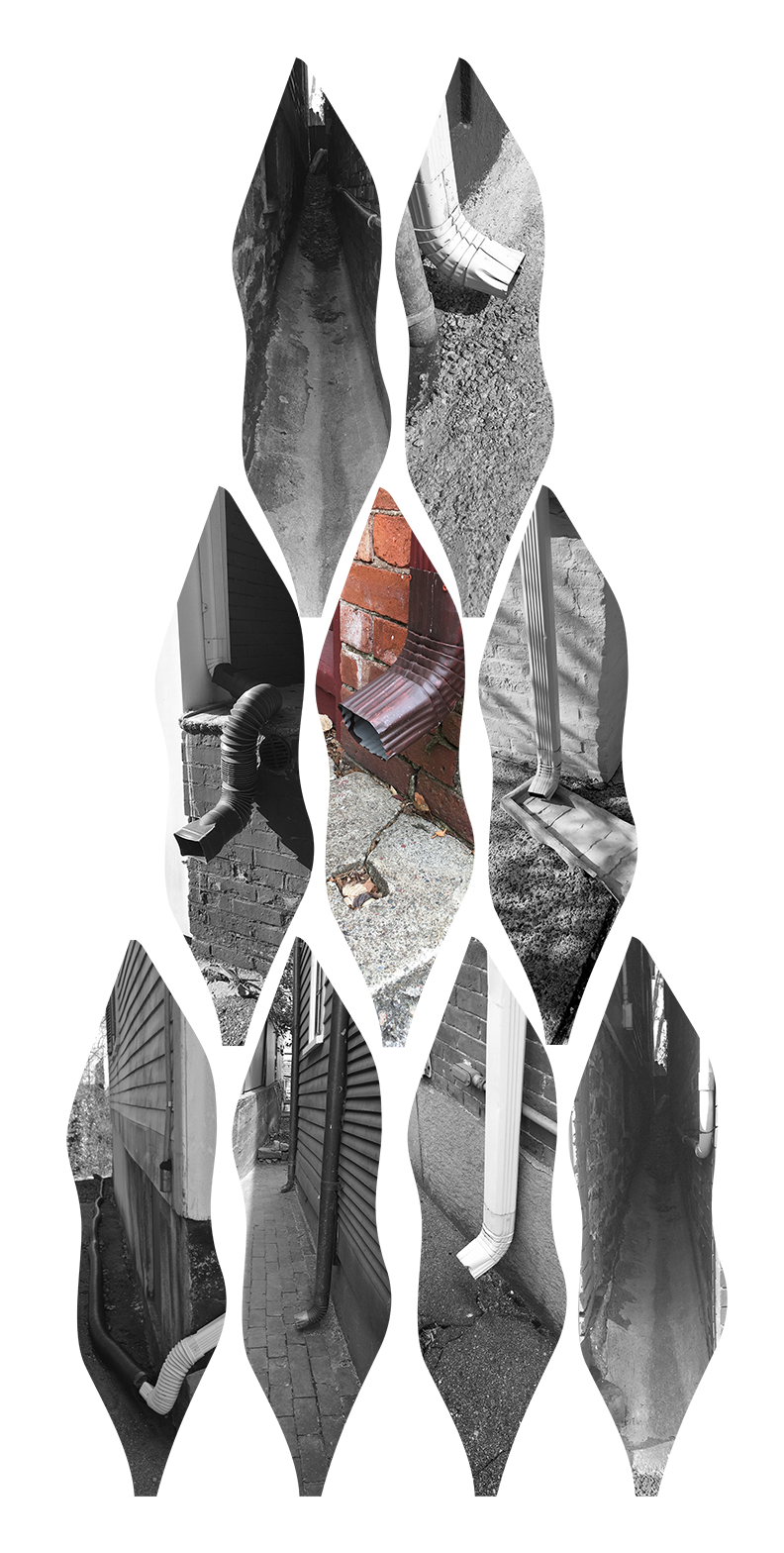
When it rains downspouts expel all the water from the roofs to outside, but since the surfaces are not ready to receive that amount of water, it starts eroding immediately.
Image
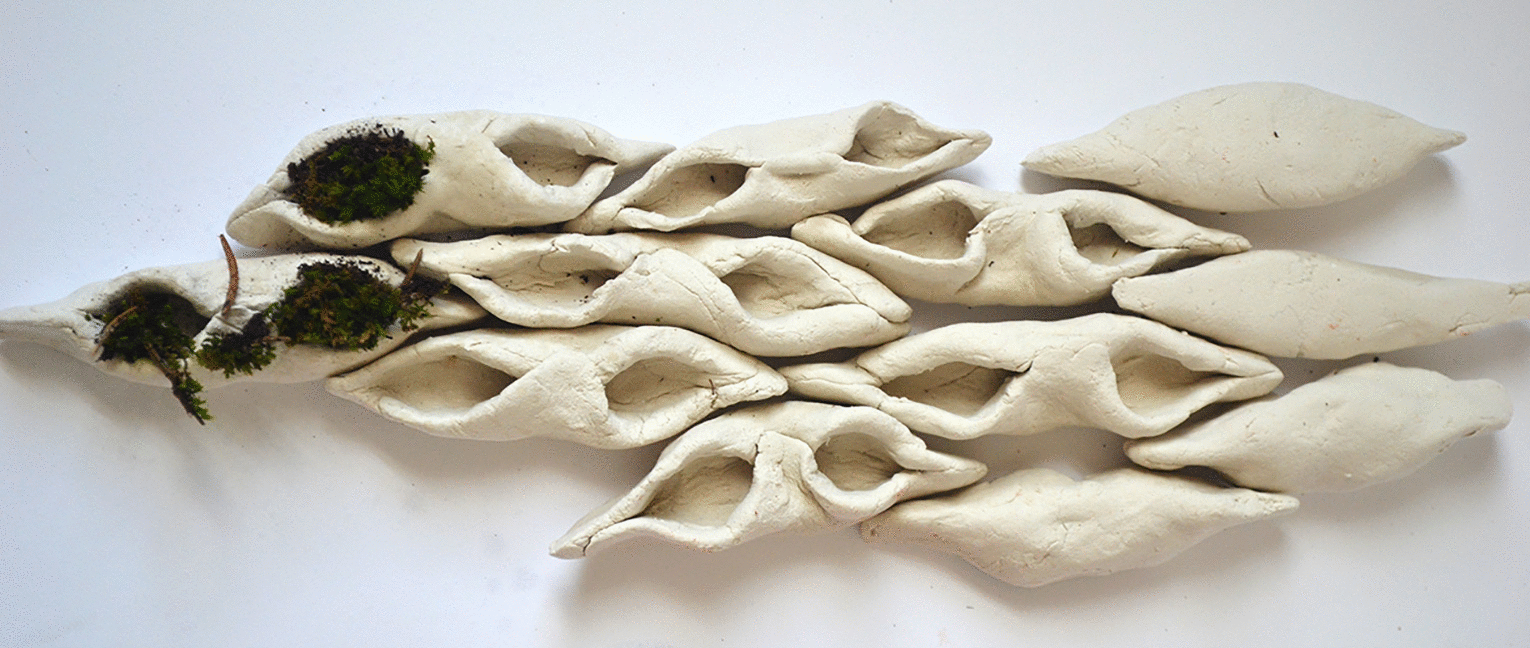
Image
We shape clay into a pot, but it is the emptiness inside that holds whatever we want.
Tao Te Ching
I am a Colombian architect with more than ten years of experience working in several offices in Colombia as a senior architect. I am living in America where I am pursuing my Master’s degree as a Landscape Architect. I am passionate about design and its relation with materials, and plants.